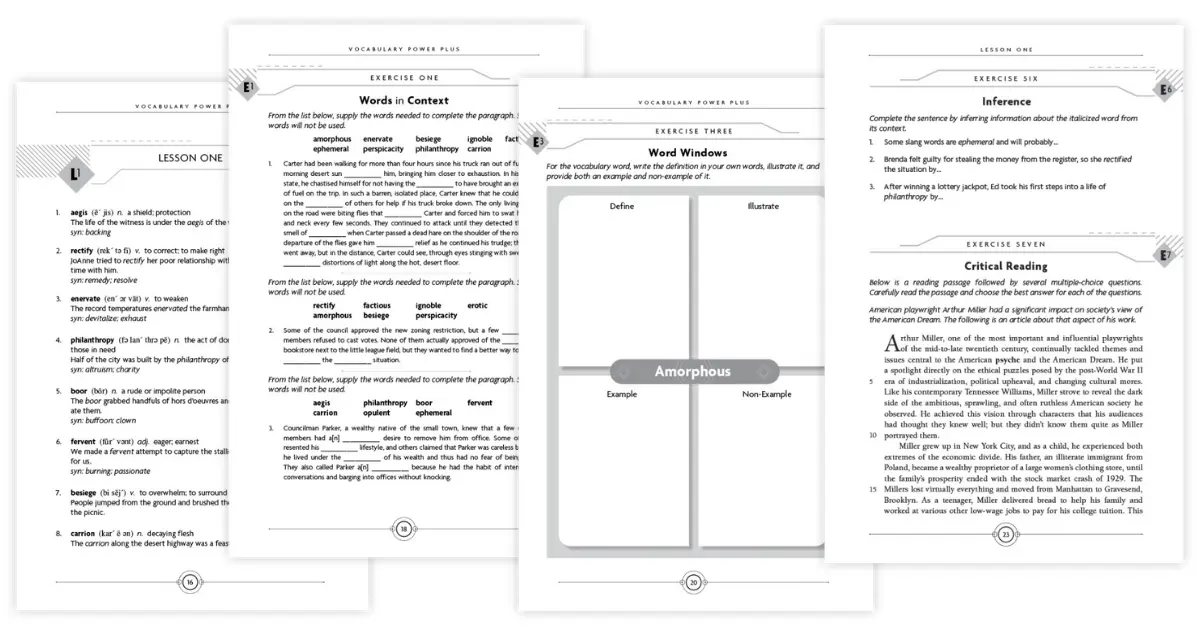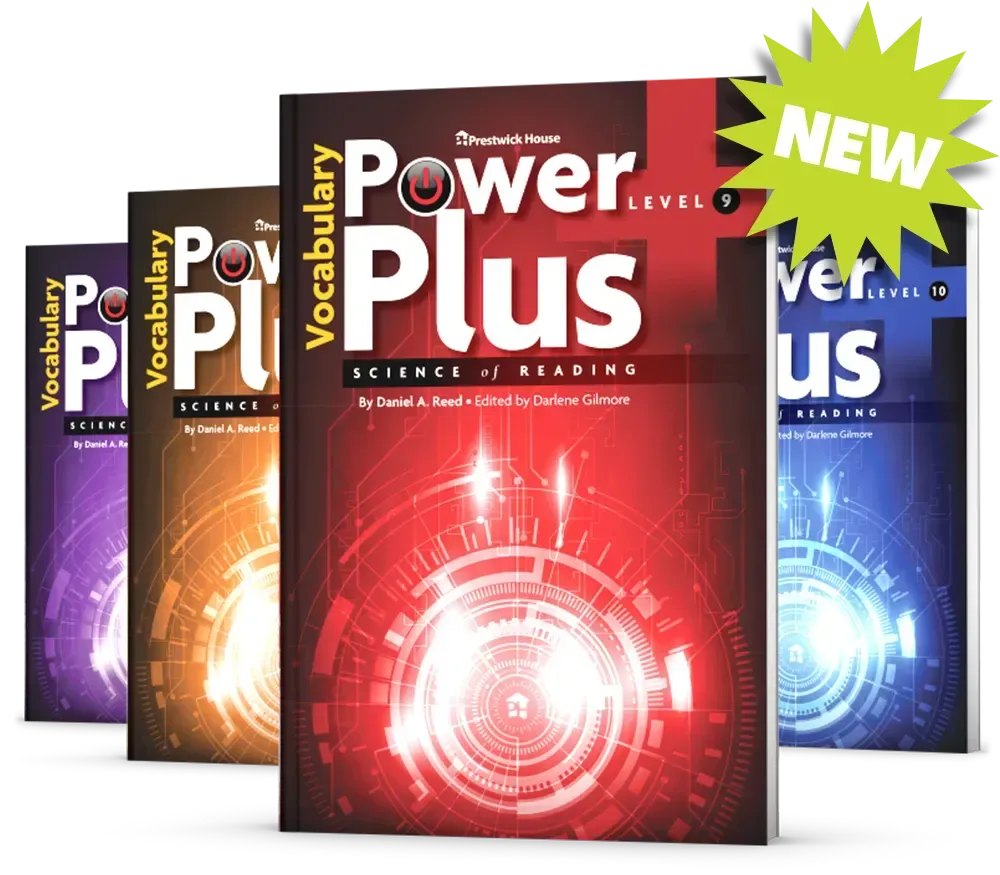Although it’s been four years since COVID-19 was declared a national emergency, we’re still feeling its repercussions in the educational field. Thousands of students are facing learning loss in major academic areas, with literacy and language development taking a direct hit.
In response to this decline, many educators are looking to adapt different areas of English language arts instruction for struggling students. One subject gaining traction is vocabulary study, a traditional part of any comprehensive ELA curriculum.
As we’ve discussed on the blog before, vocabulary knowledge strongly influences a student’s reading and language abilities—skills needed not just in the English classroom, but across all academic subjects. That’s why focusing on vocabulary instruction can be instrumental in helping students reclaim lost ground and accelerate their learning progress.
So, is there a best way to teach vocabulary? Years of research point to direct instruction as one of the most effective methods. Unlike incidental vocabulary learning, which mainly occurs through exposure to words in context, direct instruction takes a deliberate and planned approach to target specific words that students need to comprehend and use effectively.
However, there’s no singular approach to direct vocabulary instruction. Rather, using a variety of learning strategies like those found in Vocabulary Power Plus ensures that students not only retain the words they learn, but can use them accurately. Let’s take a look at some of those techniques.
Repeated Word Exposure
Like mastering any language skill, building vocabulary takes time. A single lesson on word definitions won’t help students remember new terms; they need to encounter new words repeatedly in various contexts, from reading and writing to listening and speaking. Multiple exposures help students make mental connections between a word’s meaning and how it’s used correctly in real life.
Experts posit that students need to see a word at least three times to remember it successfully. As they work through Vocabulary Power Plus, students will come across each new vocabulary word more than eight times throughout the introduction, exercises, reviews, and tests in each lesson. The variety of exercises require students to interact with the words in different contexts, such as fill-in-the-blank and open-ended sentence completion activities.
Word Morphology
Teaching word morphology—breaking down words into roots, prefixes, and suffixes—provides students with tools to decipher unfamiliar words independently. Understanding the building blocks of words not only aids in vocabulary acquisition but also enhances overall reading comprehension.
Vocabulary Power Plus includes exercises that introduce students to a selection of word roots, prefixes, and suffixes and their meanings. Following that are questions on inferring definitions, identifying related words, or using the roots to create words based on a given context.

Review Games and Other Activities
Introducing an element of fun into vocabulary learning through review games not only keeps students focused but also reinforces their understanding of new words. Low-stakes activities like crossword puzzles, flashcards, charades, and matching games are perfect tools for practicing using new words in different contexts in a memorable manner.
Free online resources are always available to make your Vocabulary Power Plus lessons even more engaging. On vocabularypowerplus.com, students can explore a variety of activities tailored to each level of the program. Here, students can study vocabulary words from each lesson using digital flashcards, play definition-matching and spelling games, and assess their understanding through brief quizzes.
Continuous Assessments
Tracking students’ vocabulary growth relies on regular assessments. Quizzes, activity logs, and informal check-ins can provide valuable insights into students’ understanding of vocabulary concepts. As you monitor progress over time, you can adjust instruction to address specific challenges or accelerate learning as needed.
Vocabulary Power Plus includes a cumulative review section after every three lessons. These spaced-out assessments are designed to strengthen students' recollection of words they've encountered earlier in the program.

Take a Closer Look
There’s so much more to learn about Vocabulary Power Plus! Free sample pages are available for download at your convenience. Simply fill out the form to access pages for all levels of the program.